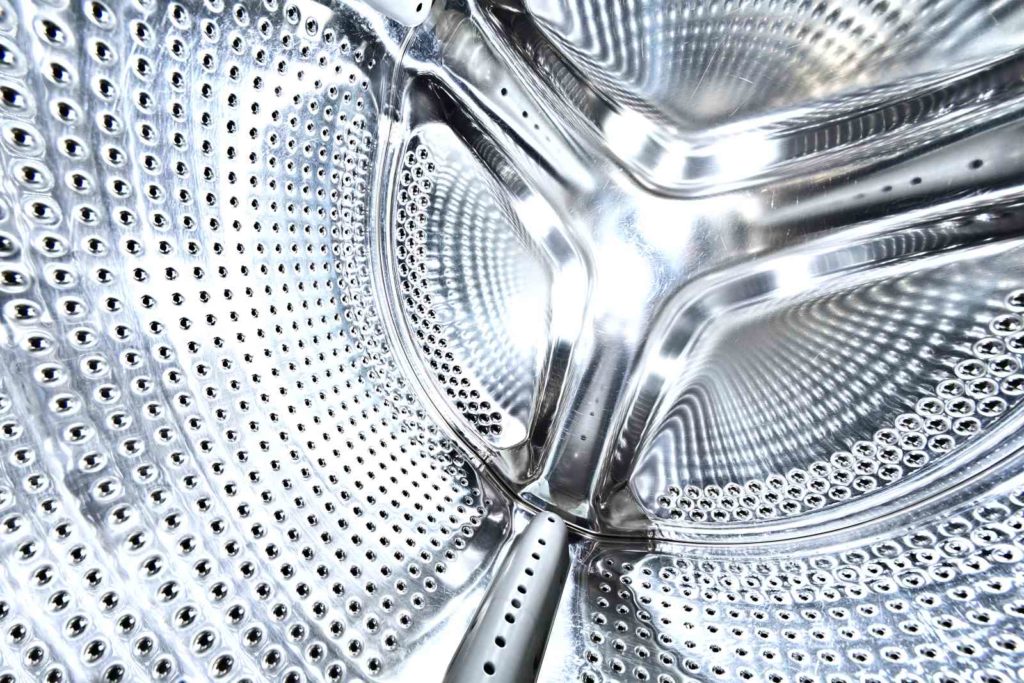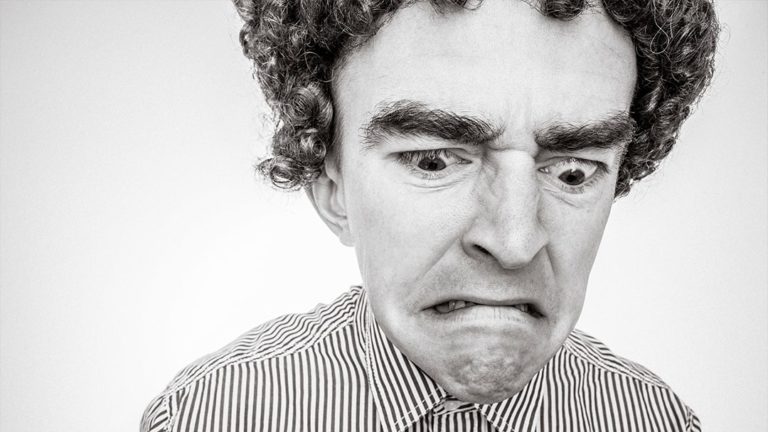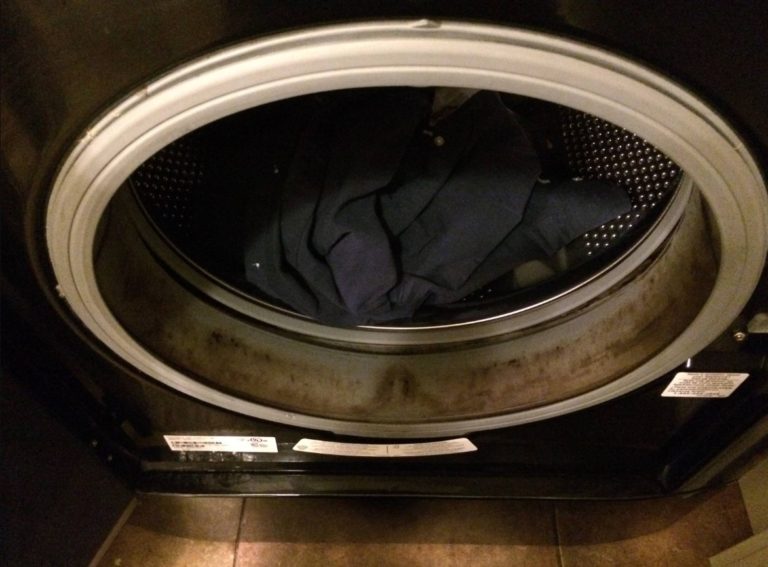Though these words may sometimes be used interchangeably, they have truly different meanings. Let’s take a look at what each term means.
Cleaning
Can also be described as “elbow grease”. Putting a bit of energy into the work by using soap, water or a mild cleanser for debridement. Debridement means loosening and removing dirt and debris from surfaces. The is often just a surface process that reduces visible signs of dirt and grime.

Sanitizing
This term goes one step deeper. According to the CDC, sanitizing refers to lowering the number of germs or bacteria on a surface to a safe level, “as judged by public health standards or requirements.” This process works either through cleaning (which physically removes germs from surfaces) or using products or processes which disinfect or actually “kill” germs.
According to the EPA, in order to be considered a sanitizer, a product must reduce bacteria on a surface by at least 99.9 percent. One of the most common would be a simple water and bleach solution. This solution could be considered either a sanitizer or a disinfectant, depending on the appropriate concentration of bleach in the solution. Solutions with lower concentrations of bleach will be a sanitizer, while higher concentrations are more likely to be a true “disinfectant”.
Sanitizing a surface is often most effective after a good physical cleaning. Once surface debris is removed, sanitizers are able to more easily work at reducing remaining harmful pathogens. Sanitization is important for toys that babies put in their mouths, and kitchen that come into contact with food.
Sterilizing
Sterilization, though used interchangeably, is a more extreme form of decontamination. Sterilization is especially important in healthcare settings, and in the use of surgical instrument. Health care facilities often utilize steam under pressure, dry heat, etO gas, hydrogen peroxide gas plasma, and liquid chemicals. Sterilization also scrambles the DNA, so that organisms can no longer reproduce or replicate. Certain forms of UV light have also been used to reduce and destroy pathogens such as SARS.



